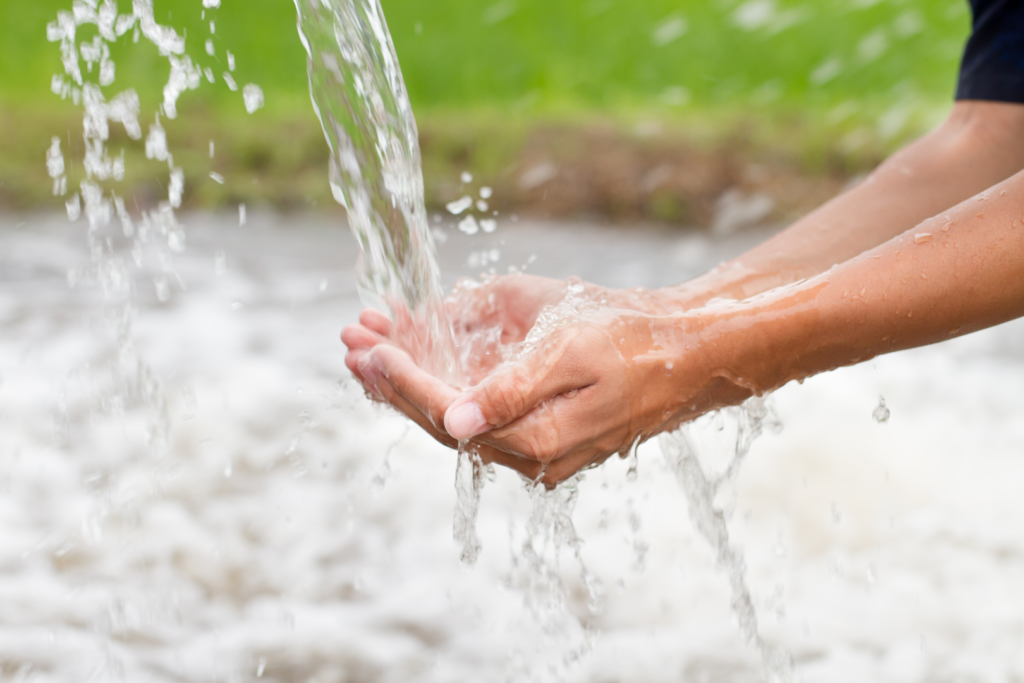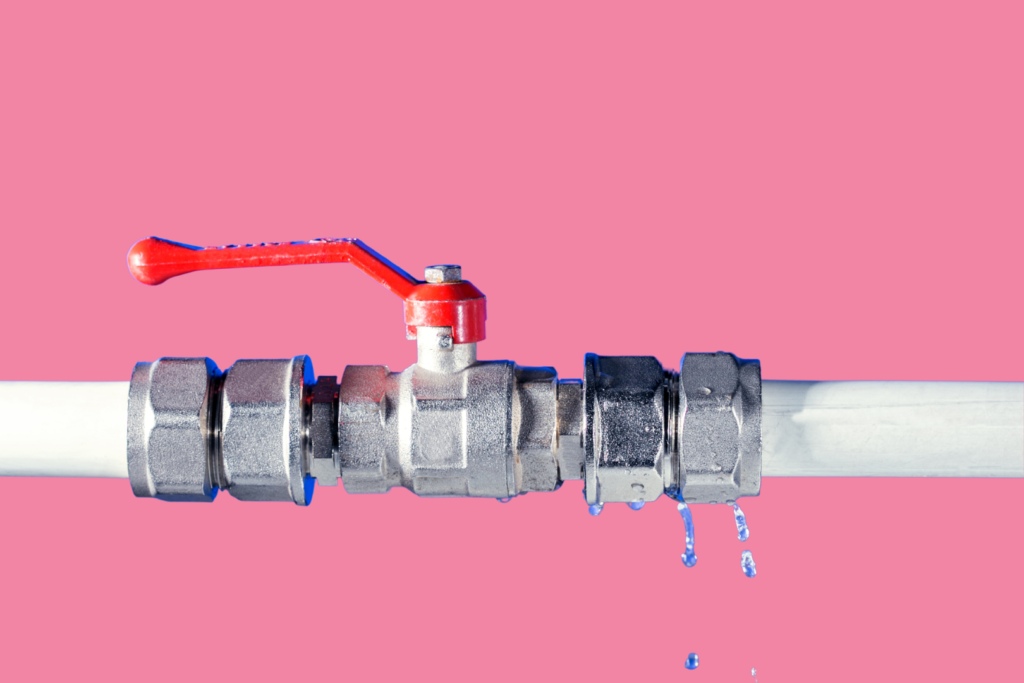Our Vision
Water is valued
Water is the 2nd most important ingredient for human life, without it life on earth will perish. We envisage a world where water is affordable for every life and valued where it is utilised in sustainable ways for the communities and world we serve.


Our Mission
Non-Revenue Water is valued by water businesses, customers and communities.
Our mission is that communities, customers and water businesses prioritise Non-Revenue Water as one of the key success factors of their water performance. That communities see Non-Revenue Water as an important means for a liveable, prosperous and sustainable community now and for future generations.
Our Values
We aim for everyone to have a sense of belonging to WaterGain. We believe in safety, respect, understanding and valuing people for their strengths, perspectives, differences and similiarities. We will always strive to build a fair, equitable and developmental culture.
We believe by using less we are more likely to achieve a sustainable future. We will endeavour to prioritise using less over commercial interests.
We aim to be a trusted partner for advice and expertise. We will always act in ethical ways focusing on the right thing to do.
We aim to be a sustainable company in everyway, including environmental, people and financial.
We aim to leave a community through our core services in a better place because we have been part of it.
Our Story
Started in 2005
Our journey began in 2005, a time where metering companies were investing tens of millions of dollars into developing and advancing water metering technology. Due to the complexity of a metering fleet and the regulated income nature of the water industry many Water Utilities struggled to justify the return on investment of different technologies. We were working with exceptions who developed lifetime testing techniques with independent laboratories. The independent testing revealed different meters did generate a significant return on investment. Whilst these techniques demonstrated a difference, they were time consuming, complicated and expensive and for many Water Utilities there were other priorities. We knew meter performance was important, but how do we help Water Utilities and their customers’ appreciate the benefit?
In parallel Automatic Meter Reading had been used historically for hard to read and Occupational Health and Safety reasons to protect Utilities people and issue accurate bills. In The US major roll-outs were occuring and a push was coming from meter vendors to do the same in Australia, New Zealand and the Pacific Islands. The challenge was that the business case just didn’t exist for most cases like it did in the US. What we were learning fast without a full roll-out, it was difficult to understand the full impact on return of investment of Digital Metering. Fortunately, in regional Australia some water utilities were facing similiar challenges regarding reading the meters and proceeded to a full scale roll-out. These isolated projects allowed us to learn that Digital Metering was far more than reducing meter reading costs. We learnt that metering had a major impact on Non-Revenue Water and that potentially many Utilities were trying to deploy real loss techniques at significant cost that would have minimum benefit. This was a similiar story we were experiencing in most Water Utilities across the world as they struggled to reduce their Non-Revenue Water.
Companies started to develop fixed network solutions or advanced meter infrastructure solutions that could be deployed outside of highrise buildings. These solutions promised Utilities 2000+ times the data they were receiving from their standard meter reading processes. This level of data created a level of hype we would be able to manage water in a more effective way.
The Advanced Meter Infrastructure started delivering significantly more data. This data we were able to detect customer leaks, identify theft, high usage, answer customer billing issues. We were able for the first time to see the positive impact on customers of Utilities taking a positive proactive step to help customers save money. We started to see how we could complete a water balance, build more accurate hydraulic models and the data could help us to identify causes of Non-Revenue Water. We also saw the challenges of missing data and how to manage that. The challenge for Water Utilities was that AMI was a significant investment and expensive to maintain.
Learning from these projects we realised we needed a better way to demonstrate the benefit of different metering technologies and leverage the advantages of Digital Metering. We successfully undertook projects that positively demonstrated the value of different metering technologies and the impact it was having on their global Non-Revenue Water Figures. We also were able to identify other issues related to Apparent Losses that were contributing to Non-Revenue Water. What we learnt was that we were able to achieve faster and tangible results in reducing Non-Revenue Water. This was similar experiences across the globe. The challenge was ensuring the perception of bias was not happening.
Water Utilities in Australia, New Zealand and Pacific Islands started to understand the power of meter data, however didn’t want to manage networks. New technologies were emerging that would solve the previous challenges. These new technologies were starting to be backed by bigger players such as network and communications providers. The new technologies presented a new opportunity for Utilites where they no longer needed to 100% roll-out Digital Metering, the network was already there. In addition Utilities wouldn’t have to pay the full cost of the network as other uses for the network started to emerge.
We had found an effective way to reduce non-revenue water and now technology was becoming an enabler for us to achieve this. The challenge for us was that our approach sold less hardware and less software and become conflicting for the companies we worked for.
Water Utilities started to realise that Digital Metering offered the ability to increase affordability and sustainability. Water Utilities across Australia and New Zealand started to implement project teams for Digital Metering and started to run trials. As Utilities developed their business case they learnt Non-Revenue Water was a key element of the return on investment.
The challenge we learnt was how to effectively utilise Digital Metering data was easier said than done. This was mostly due to the complexity of a water utility and the high levels of customer trust that need to be maintained.
We found that whilst being able to reduce the global non-revenue water figures it was very important for Utilities they were reducing their real losses. The advent of Big Data, Artificial Intelligence, Satellites and internet of things meant we could with high levels of effectiveness pinpoint where real leaks were occurring in the network. We could also prioritise which leaks needed attention first.
Water Utilities started to truly embrace accelerating their Digital Transformation Journey. The uses and outcomes of the data became for more than just the benefits of digital metering. The challenge became how to utilise the data effectively for all of these use cases. Water Utilities as they were connecting more technologies were being inundated with new software and platforms they needed to manage often siloing the data.
The siloed data was not getting utilised to solve Non-Revenue Water and Water Utilities were looking at how to solve the software challenge. We learnt we could do things faster and more effectively by offering a service.
As Water Utilities progressed down the digital transformation path, Digital Twins combined with artificial intelligence started to become a reality and a vital tool for their people to be able to manage their water and wastewater networks effectively. We learnt though that Water Utilities need to be digitally ready for Digital Twins. We learnt in solving for Non-Revenue Water we help our customers to become digitally ready by correcting data issues they face.
Through this journey we have learnt there is opportunity to reduce Non-Revenue Water further and that Non-Revenue Water is one of the fundamental key indicators of a Water Utility managing a water network.
We learnt technology has evolved and multiplied creating more pressure on Water Utilities Capital and Operational Expenditure budgets and teams. We found that Water Utilities were becoming constrained by the data itself and solutions to solve this was delaying the ability to utilise this data to solve Non-Revenue Water.
We found Water Utilities were finding opportunities to utilise the data, but it was often siloed and they didn’t have the means to scale the use of the data. We learnt that people played the most critical role in the success of the Water Utility and that knowledge of how to utilise the data had to be learnt and took time.
Lastly we found companies that play vital roles in solving Non-Revenue Water were offering data-enabled solutions that was an additional service that was continuously asking Water Utilities to compromise and make a decision whether formally or informally that was locking them into a path of not only the solution but the flow-on products and services.
We could see the need for a service that was fast and simple, independent, hardware and software agnostic. A service that focused on results and lived and died by those results. A service that didn’t require additional people or to take people away from other projects.
That is why WaterGain, a service that addresses Non-Revenue Water that is independent, easy, fast, focused, no lock-in’s, agile and results driven that address both Apparent and Real Loss.
